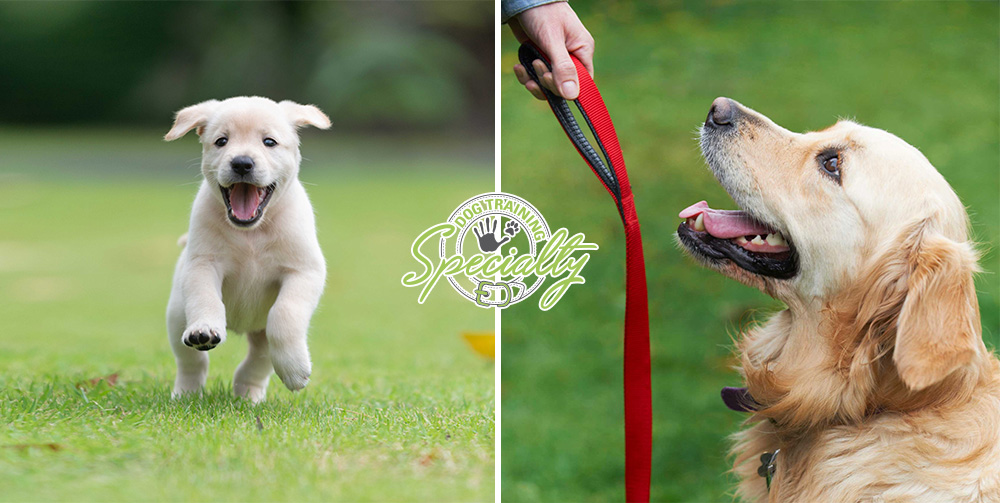Checking Out Alternatives for Dog Training Charlotte: What You Need to Know
Checking Out Alternatives for Dog Training Charlotte: What You Need to Know
Blog Article
The Ultimate Guide to Pet Dog Training: Building a Delighted, Obedient Animal
Efficient pet dog training is a complex process that pivots on a deep understanding of canine habits and the application of tried and tested methods. By accepting favorable support and regular command usage, pet dog proprietors can cultivate not just obedience however additionally a strong, relying on partnership with their canines.

Understanding Canine Actions
Just how does a pet's actions reflect its emotional and psychological state? A canine's actions can work as a window right into its feelings, needs, and total emotional health. A wagging tail usually signifies joy and enjoyment, while a lowered tail might show fear or entry. Similarly, vocalizations such as barking or grumbling can connect a selection of feelings, from joy to distress.
Body movement likewise plays a critical role in recognizing canine behavior. A kicked back stance and open mouth signal convenience, whereas tense muscular tissues and pinned ears might suggest stress and anxiety or aggression. Observing these signals is crucial for identifying the source of a canine's behavior, whether it comes from anxiety, aggravation, or excitement.
Furthermore, a pet's interaction with its setting and other animals can offer insight into its emotion. A pet that engages happily with other pets is likely sensation safe and social, while one that shows evasion or hostility might be experiencing anxiety or instability. Understanding these behavioral hints is important for cultivating a solid partnership in between the animal and the owner, inevitably adding to the canine's psychological health and wellness and health.
Important Educating Strategies
Effective pet training techniques are essential for promoting desirable behaviors and enhancing the bond in between a pet dog and its owner. Using positive support is one of the most effective approaches, where incentives such as deals with, appreciation, or play are offered to strengthen wanted behaviors (Dog training). This encourages the pet dog to duplicate those actions, developing a favorable discovering environment
Uniformity is an additional vital aspect in pet training. Commands need to be clear and uniform, and all relative must use the same policies to stay clear of perplexing the pet. Timing is similarly crucial; rewards ought to be offered right away after the desired actions to develop a clear connection between the reward and the action.
Furthermore, brief and appealing training sessions work, as pets have varying attention periods. Go for sessions of 5 to 15 mins, relying on the pet dog's age and energy level. Including play into training can likewise improve motivation and enjoyment for both the proprietor and the canine.
Last but not least, perseverance is critical. Dogs discover at their very own speed, and preserving a calm temperament will certainly help ease aggravation, guaranteeing a positive training experience. These necessary techniques lay the foundation for effective pet dog training and an unified relationship.
Standard Commands to Instruct

When teaching these commands,Uniformity and positive reinforcement are crucial. Usage treats, appreciation, and play to compensate your dog's successes. Short, constant training sessions are much more efficient than long, irregular ones. By instilling these standard commands, proprietors outfit their pets with the skills required for a unified and well-behaved relationship.
Resolving Typical Behavioral Concerns
Recognizing and addressing typical behavior problems in canines is vital for fostering a harmonious partnership between family pets and their owners. Several pet dogs display behaviors such as too much barking, chewing, or hostility, which can stem from anxiousness, monotony, or lack of proper training. Determining the origin reason of these behaviors is the initial step towards effective intervention.
For example, extreme barking might indicate a demand for focus or a reaction to ecological stimuli. In such instances, proprietors should examine the canine's environment and provide adequate mental stimulation, such as interactive playthings or normal exercise. Eating can commonly be handled by rerouting the behavior to ideal eat items and ensuring that the canine has adequate physical task to minimize boredom.
Hostile habits requires mindful handling and may necessitate professional training aid. It's critical to recognize that punishment can exacerbate stress and anxiety and aggressiveness, causing a cycle of behavior concerns. Rather, concentrate on favorable support techniques to reward preferable habits and strengthen a complacency.
Building a Positive Training Atmosphere
Creating a positive training environment is essential for reinforcing desirable behaviors in dogs and alleviating behavioral problems. This atmosphere should be characterized by consistency, support, and a clear understanding of the training objectives. By developing a regular, dogs learn what is anticipated of them, which aids minimize stress and anxiety and complication.
Utilizing favorable support methods, such as deals with, appreciation, and play, fosters a complacency and inspiration in the dog. Rewarding good habits promptly and continually enhances the wanted activities, making the training procedure extra effective - Dog training. Furthermore, fitness instructors must stay client and calmness, as pet dogs are sensitive to their handlers' feelings
The training space should be read this article cost-free from diversions to make certain the canine can concentrate on the tasks available. Take into consideration using a silent room or a protected outdoor area. In addition, integrating play and socialization into training sessions advertises a well-rounded approach, boosting the canine's knowing experience.
Ultimately, a positive training atmosphere nurtures a strong bond between the pet dog and handler, bring about an obedient, pleased pet. By prioritizing this setting, family pet proprietors can successfully resolve behavior difficulties and grow a successful training journey.
Final Thought
Effective pet dog training relies on an extensive understanding of canine actions and the application of favorable reinforcement techniques. Embracing these principles makes certain a gratifying training experience for both pet dogs and their owners.
Reliable pet training is a multifaceted process that hinges on a deep understanding of canine behavior and the application of proven strategies. A pet dog that involves playfully with other this article pets is most likely feeling safe and social, while one that displays avoidance or aggression might be experiencing stress or instability.Efficient dog training techniques are crucial for fostering preferable habits and strengthening the bond between a pet and its proprietor.Developing a favorable training environment is basic for reinforcing preferable behaviors in pets and alleviating behavior issues.Reliable dog dog training for service dog training depends on an extensive understanding of canine behavior and the application of positive support methods.
Report this page